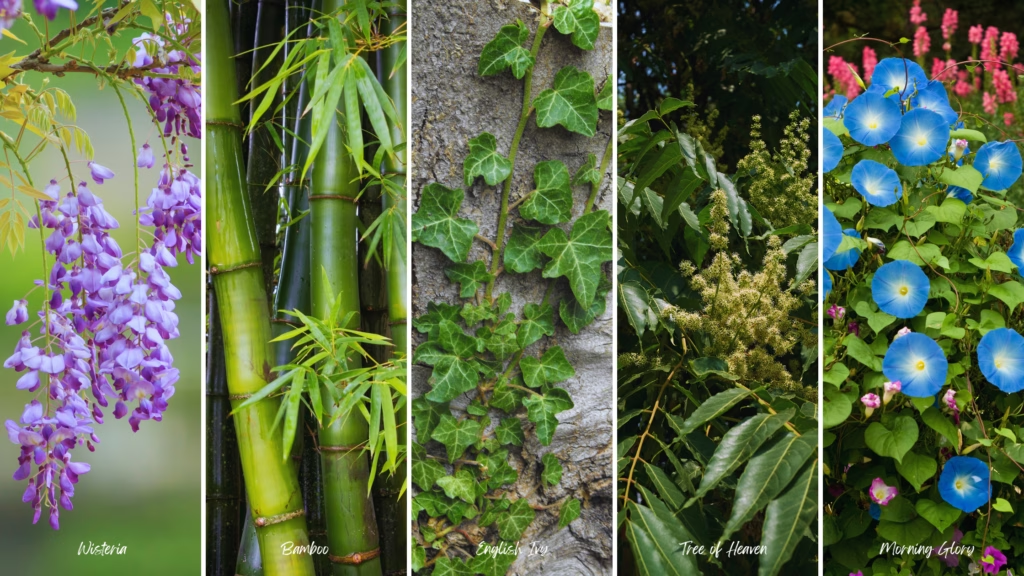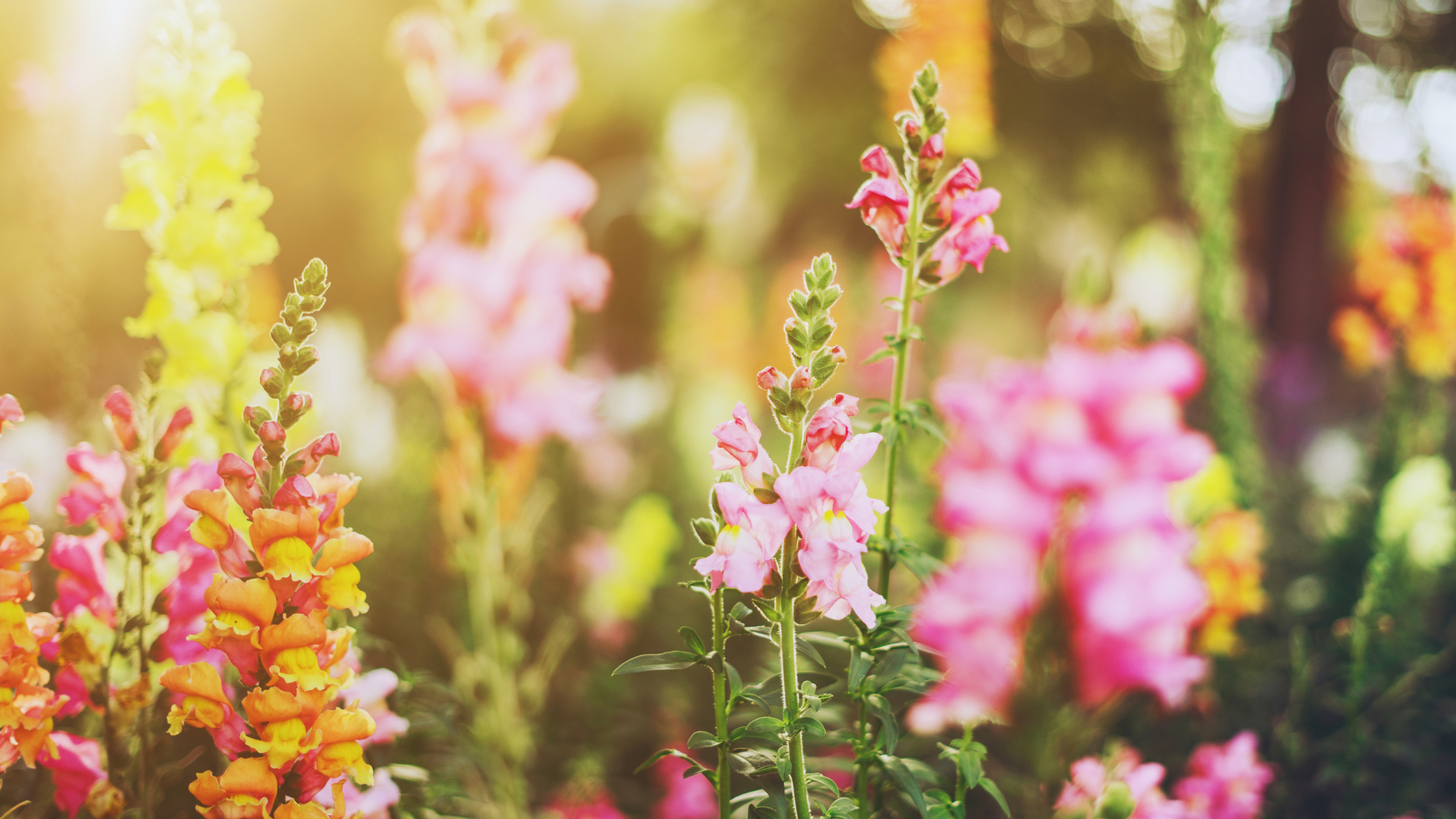Not all that glitters in the garden is gold. Some of the most beautiful and popular plants can actually pose major risks to your home’s foundation, plumbing, and structural integrity. While their blooms may charm you, their roots or rapid growth habits can cause costly damage if left unchecked. In this post, we’ll explore 5 beautiful but destructive plants that may not be as innocent as they appear—and offer safer alternatives that deliver the same beauty without the baggage.
Top 5 Destructive Plants to Avoid:

1. Wisteria
Why It’s Risky: Wisteria’s vines are incredibly strong and can twist around structures, crushing fences, porches, and even gutters. Its roots are also aggressive and can interfere with foundations.
Better Alternative: Try clematis like this one. It’s still a flowering vine, but much gentler on structures.
2. Bamboo
Why It’s Risky: Bamboo spreads through underground rhizomes and can quickly invade yards, sidewalks, and even neighbors’ properties. Containment is notoriously difficult.
Better Alternative: Opt for clumping bamboo or ornamental grasses like miscanthus that give a similar aesthetic without the chaos —these seeds are a good pick.
Control Tip: If you already have bamboo, installing a bamboo root barrier like this can help stop the spread.
3. English Ivy
Why It’s Risky: Though beautiful climbing up walls, English ivy can trap moisture against brick and wood, causing mold and rot. It also harbors pests and is difficult to remove.
Better Alternative: Consider Boston ivy, which is less destructive and is easier to manage—or use potted trailing plants on a trellis instead.
4. Tree of Heaven (Ailanthus altissima)
Why It’s Risky: Fast-growing and invasive, this tree damages sidewalks, spreads aggressively, and secretes a chemical that harms nearby plant life.
Better Alternative: Consider planting a native ornamental tree or flowering shrub instead. Native trees like serviceberry or redbud provide similar height and shade without invasive tendencies. This expert guide can help you choose safe, beautiful options.
5. Morning Glory (Certain Varieties)
Why It’s Risky: While charming, certain types of morning glory self-seed prolifically and can quickly smother other plants. They’re also difficult to control once established.
Better Alternative: Love the color? Cardinal climber gives the same appeal with fewer problems. Or try nasturtium for colorful climbing blooms with easier control.
- More gardening and landscaping ideas to consider: Gardening Trends Worth Embracing

Smart Tools to Help
If you need to remove or manage any of these invasive plants, these tools can make your job easier:
- This root remover tool is perfect for dealing with invasive vines like wisteria.
- Sharp pruning shears are essential for managing fast-growing climbers.
- Installing rhizome-blocking edging helps keep aggressive growers in check.
A thriving garden doesn’t have to come at the expense of your home’s health. By being mindful of the plants you introduce—and choosing alternatives that are both beautiful and non-invasive—you can enjoy lush landscaping without the long-term headaches. Remember: just because a plant is sold at your local nursery doesn’t mean it’s a safe or good choice. A little research goes a long way in protecting your investment. That concludes our list of the 5 beautiful but destructive plants to avoid and if you do have any of these in your yard be sure to stay ontop of maintenance.
Disclaimer: As an Amazon Associate, we earn from qualifying purchases. This helps support the blog at no extra cost to you!
Sources
- University of Florida IFAS Extension
- National Invasive Species Council
- Royal Horticultural Society



